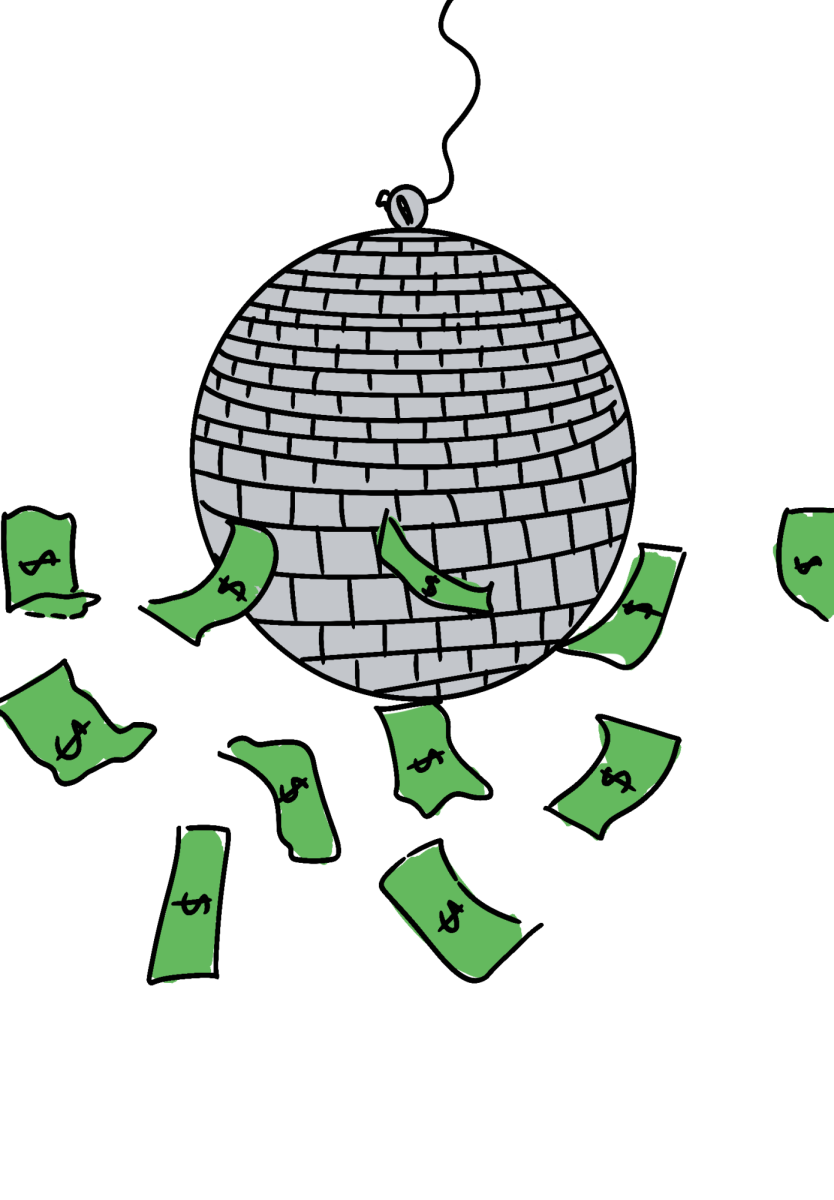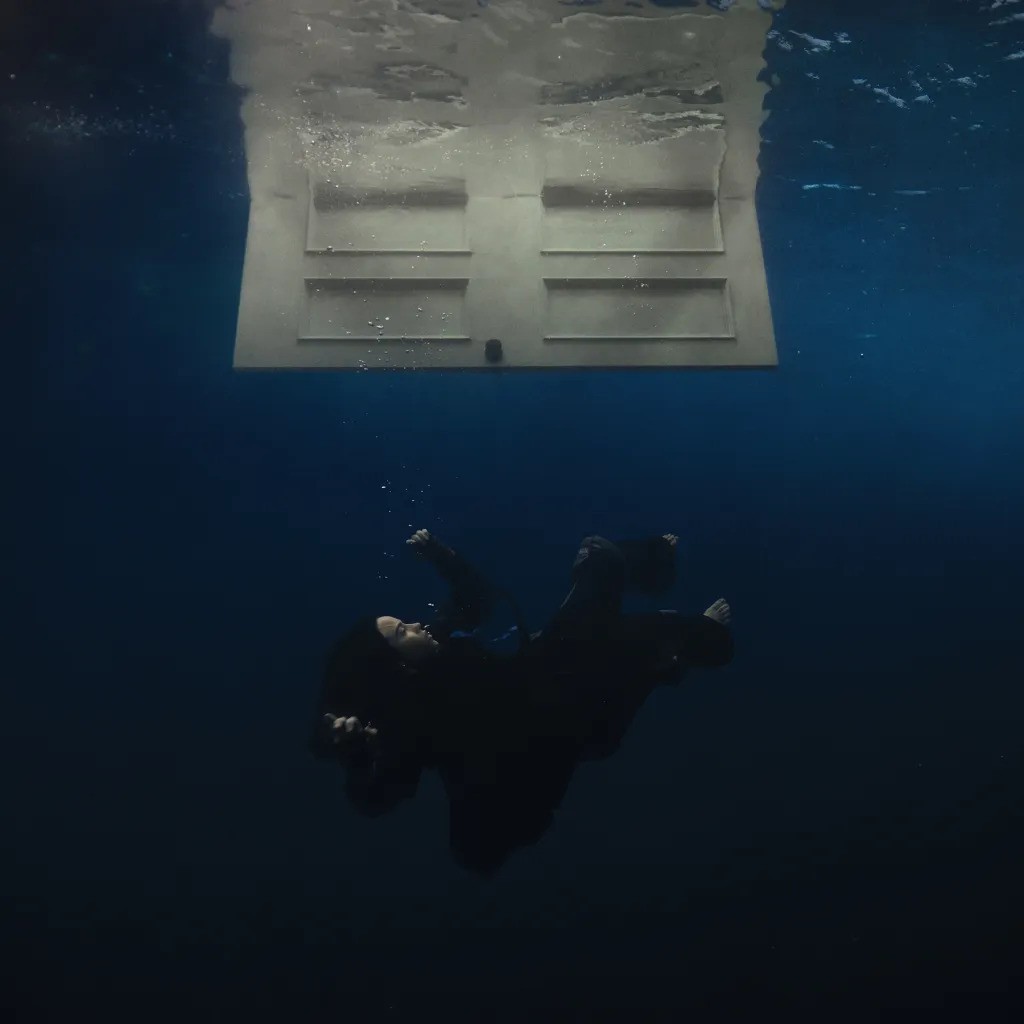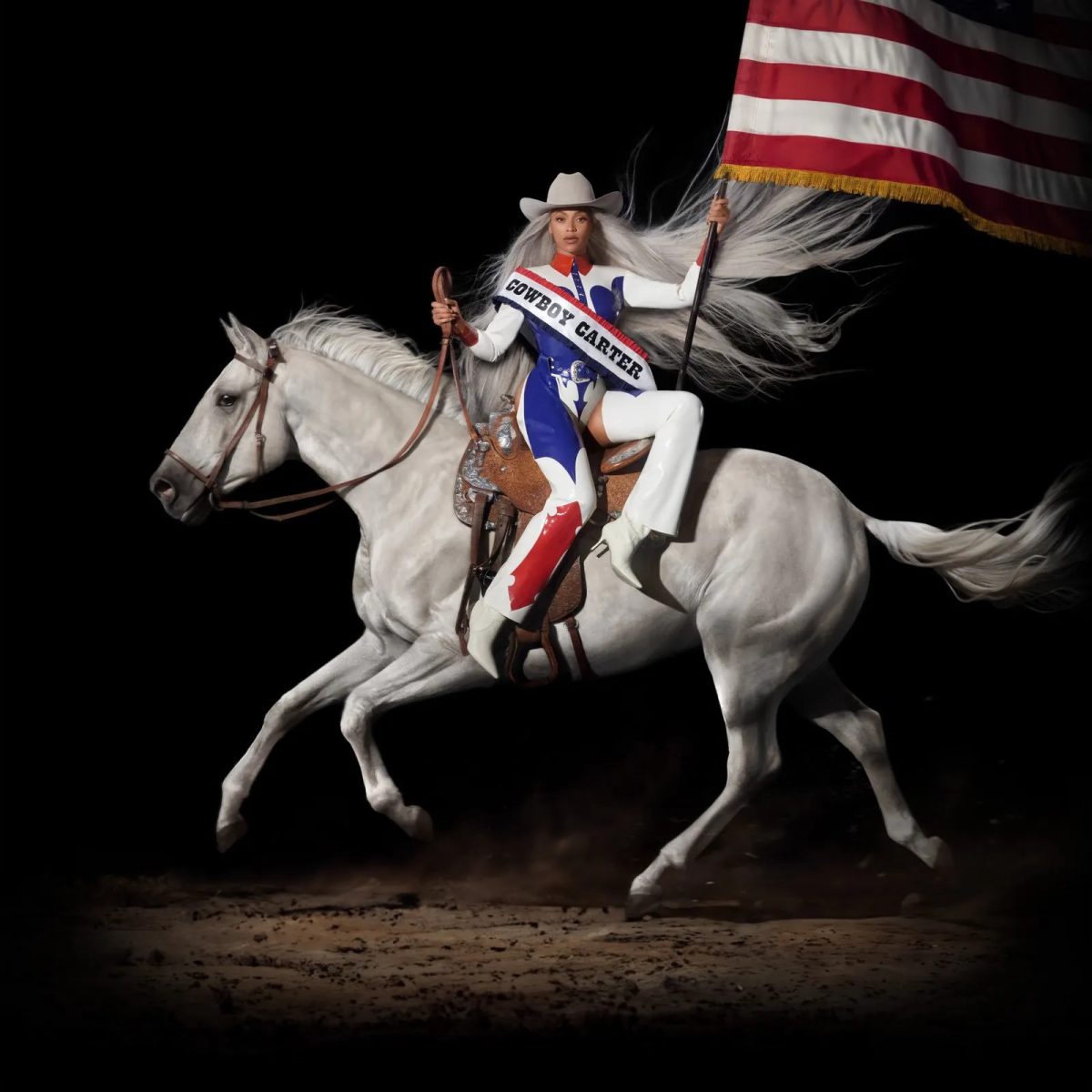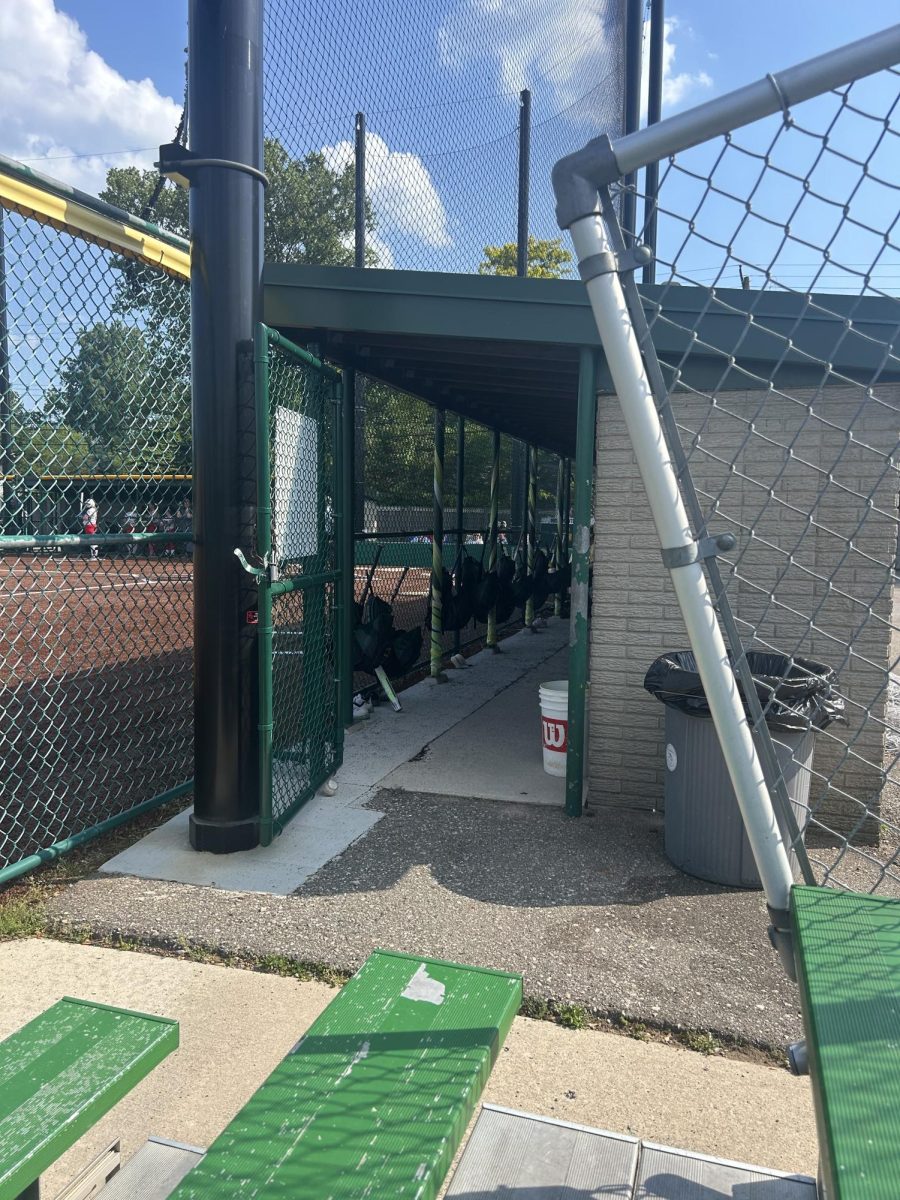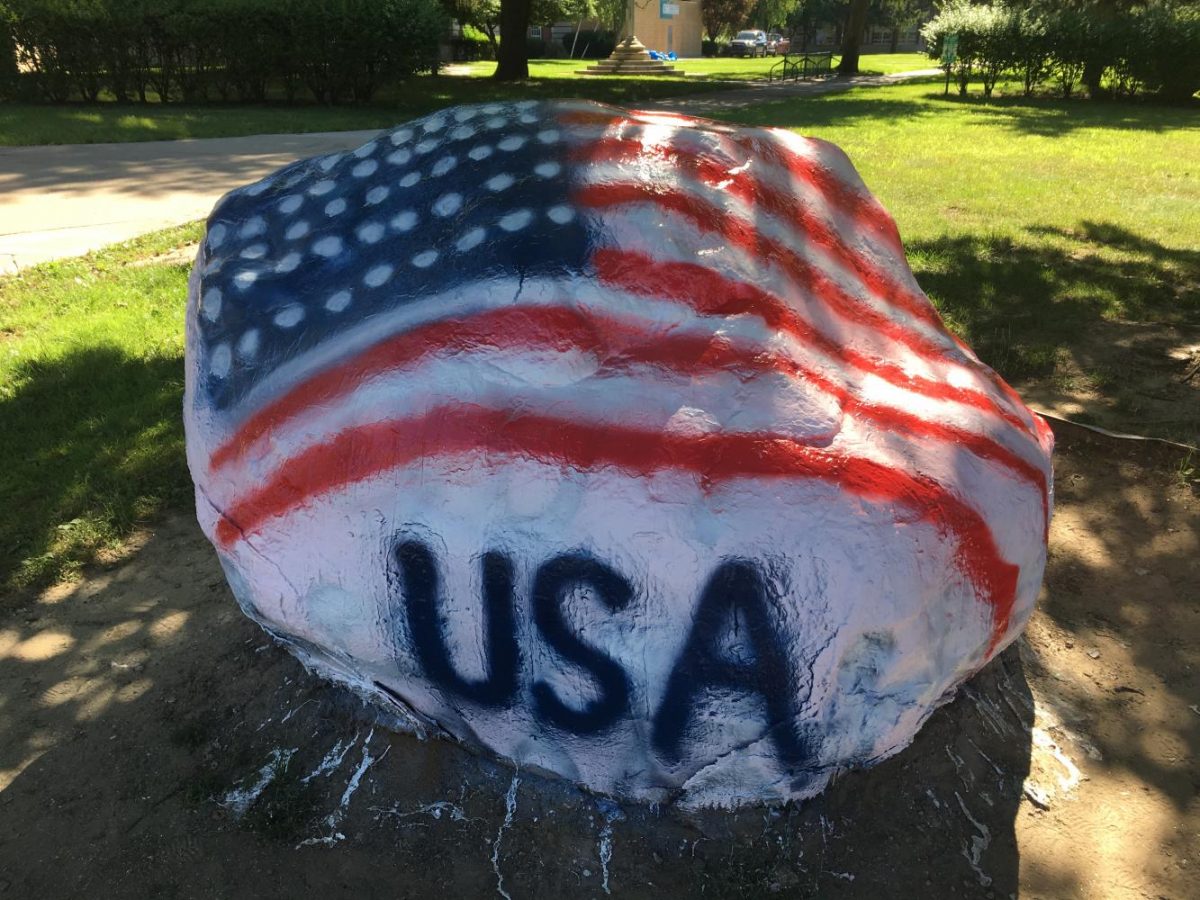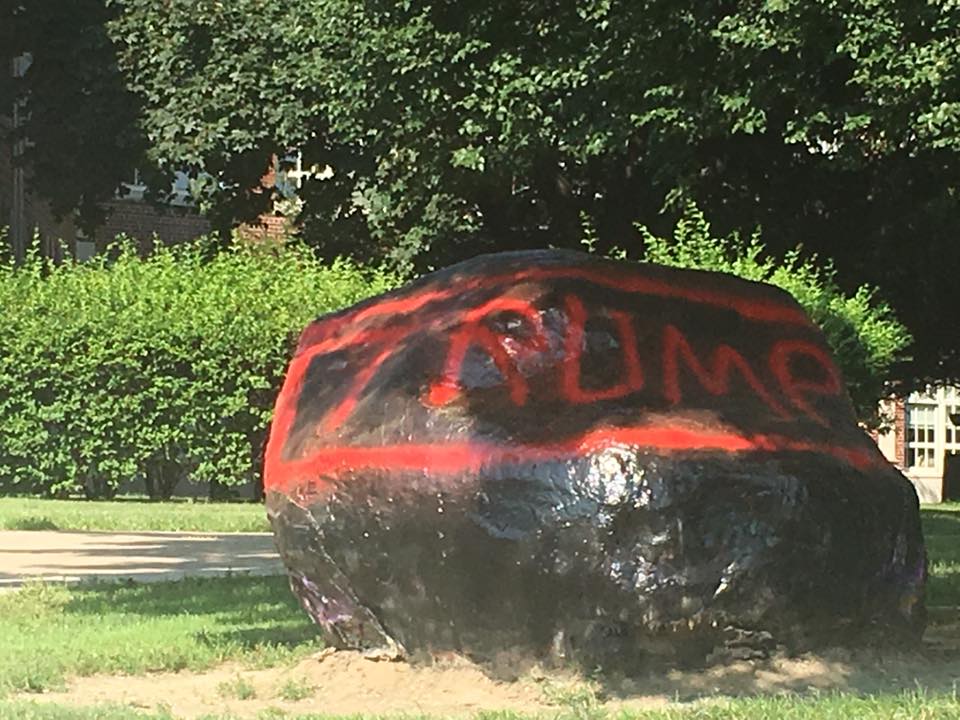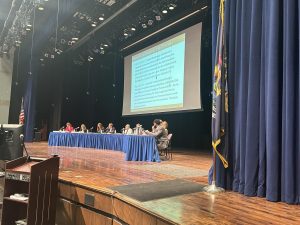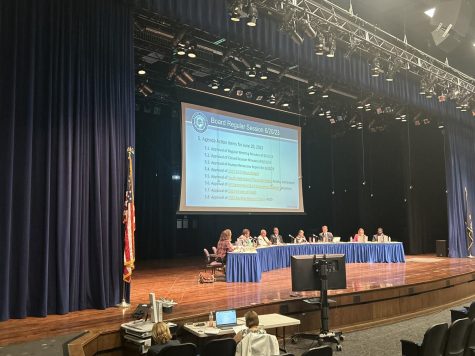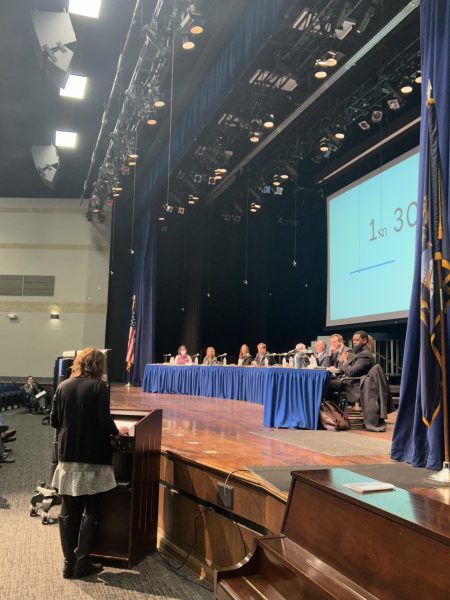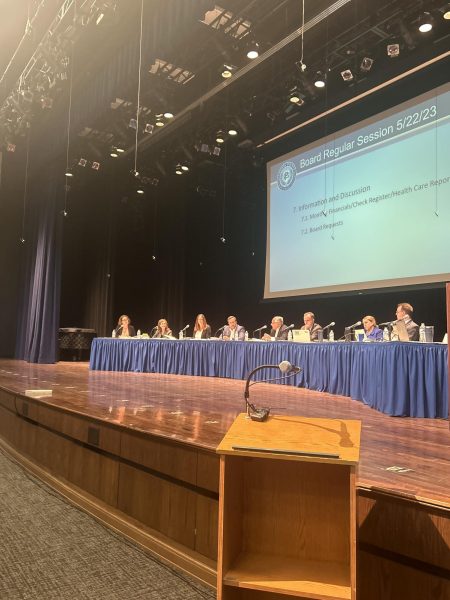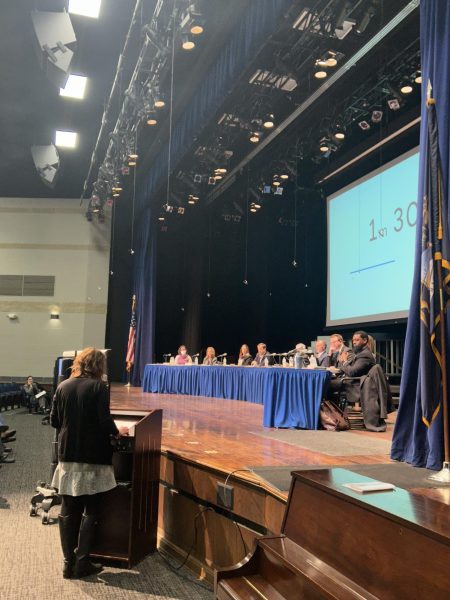Rock Wars
September 21, 2017
Back and forth, back and forth. Over the course of the preceding summer vacation, the rock in front of South became the home of unapproved Pro-Trump messages, along with those of gay pride–a minor political battle took place in the form of anonymous attempts of painting over the other’s message.
The rock, according to student activities director Maria Mitzel, was initially painted with messages of unity and gay pride during the turn of the 2016-2017 school year before being painted with red “Trump” text against a black background. This painting was done without Mitzel’s authorization, which is generally required for groups or individuals wishing to paint the rock.
“I don’t work during the summer,” Mitzel said. “Anything that was painted over the summer did not get my authorization.”
According to Principal Moussa Hamka, the anonymous painters didn’t get permission from the main office, either.
“To my knowledge, the main office did not receive any requests,” Hamka said. “With respect to what took place with the rock, we don’t know if they were students, we don’t know if they were adults; historically, we have not had issues with students painting the rock.”
Although individuals can file a request to paint the rock, it is usually groups such as clubs and sports teams that do so, according to Mitzel. Additionally, there are certain procedures that must be followed before the rock can be painted.
“Usually, a group will come to me and ask if they can paint the rock,” Mitzel said. “I have them fill out a building use form, and say that they’re requesting to paint the rock. And then I put it on our master calendar. And I keep it on the calendar so our custodians, when they see someone painting it, know it’s okay to paint.”
As for items that are allowed on the rock, a positive message which is unlikely to offend people is preferred, Mitzel said. Subjects which tend to be more sensitive in nature, such as politics and religion, are never approved, according to Mitzel.
“I don’t think political messages should be painted, I would say no,” Mitzel said. “I think that we should keep the message positive so that we don’t offend anyone. And with politics, you’re always going to have one person on one side, and one person on another.”
Richard Morisette ’19, President of the Young Americans for Freedom club at South (and a Donald Trump supporter himself), disagrees with the methods practiced in relation to the rock.
“I think that it’s wrong the messages were put on the rock in the way they were,” Morisette said. “If it was red, white and blue, giving respect to our presidents, and the office was okay with it, and the school okayed it, that would be fine.”
Although Morisette condones the methods of the anonymous artists, he also believes that the initial gay-pride messages were of a political nature.
“They wanted to put their word out just like the LGBT put theirs out,” Morisette said.
Pro-Trump messages, however, were not the only paintings that happened over the summer. In response to the Trump messages, more gay-pride messages were painted in turn. And according to Maren Roeske ’18, who participated in the initial gay pride painting of the rock during the school year, those who did paint subsequent pride messages had consent from the office.
“The people who painted the rock the next couple of times were the people who originally had the last building use form filled to paint the rock,” Roeske said. “So they were the last people given permission to paint it. The people who did the Trump…did not have permission. ”
With the start of the new school year, both the Trump and the gay pride messages have moved aside from the rock, which is now being used by other groups.
With that in mind, Hamka hopes that renewed focus is being put into the upcoming school year, and that those wishing to paint the rock follow the rules.
“We do have a process for approving the painting of the rock, but we do live in a free country, and people do have a right to express themselves,” Hamka said. “Whatever that expression is, within bounds and reasons, we just ask that they follow the rules.”















